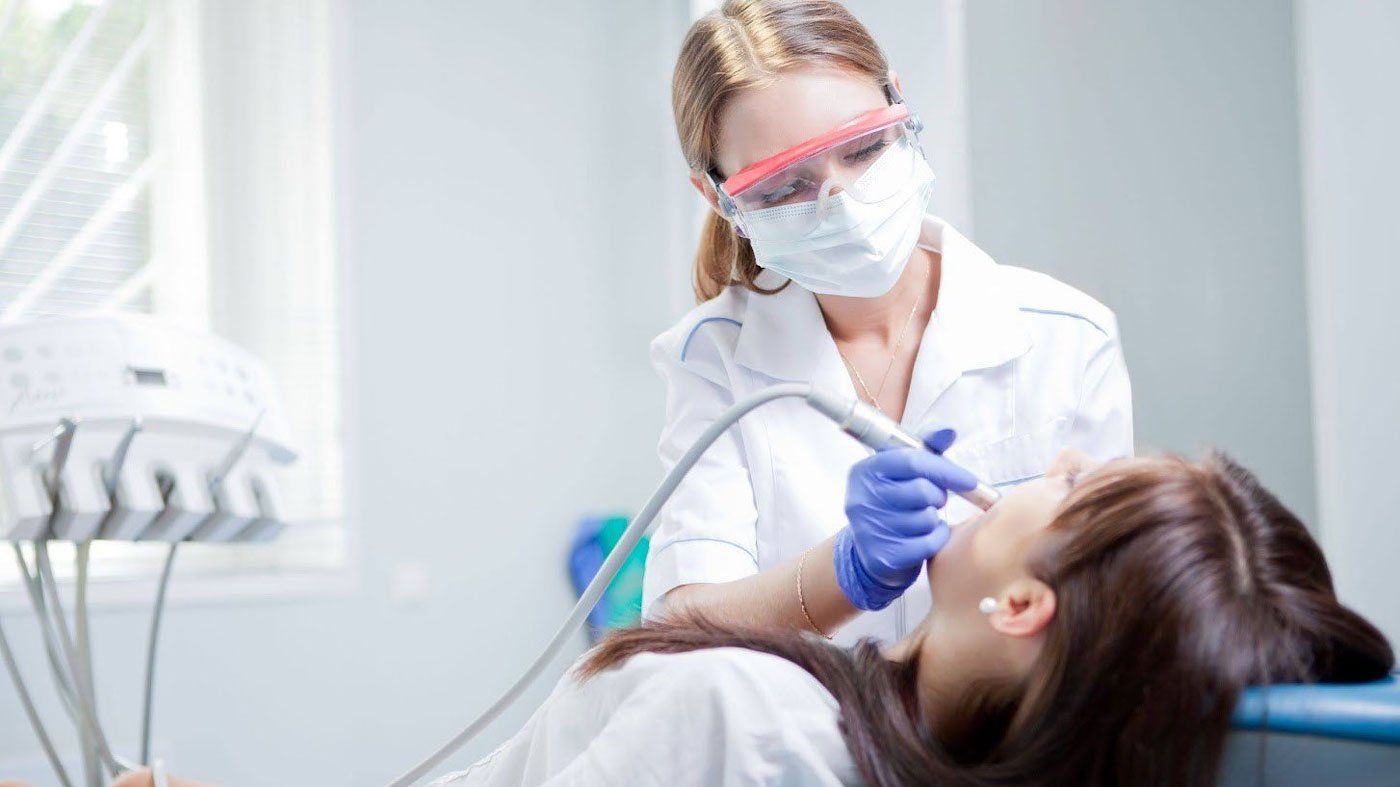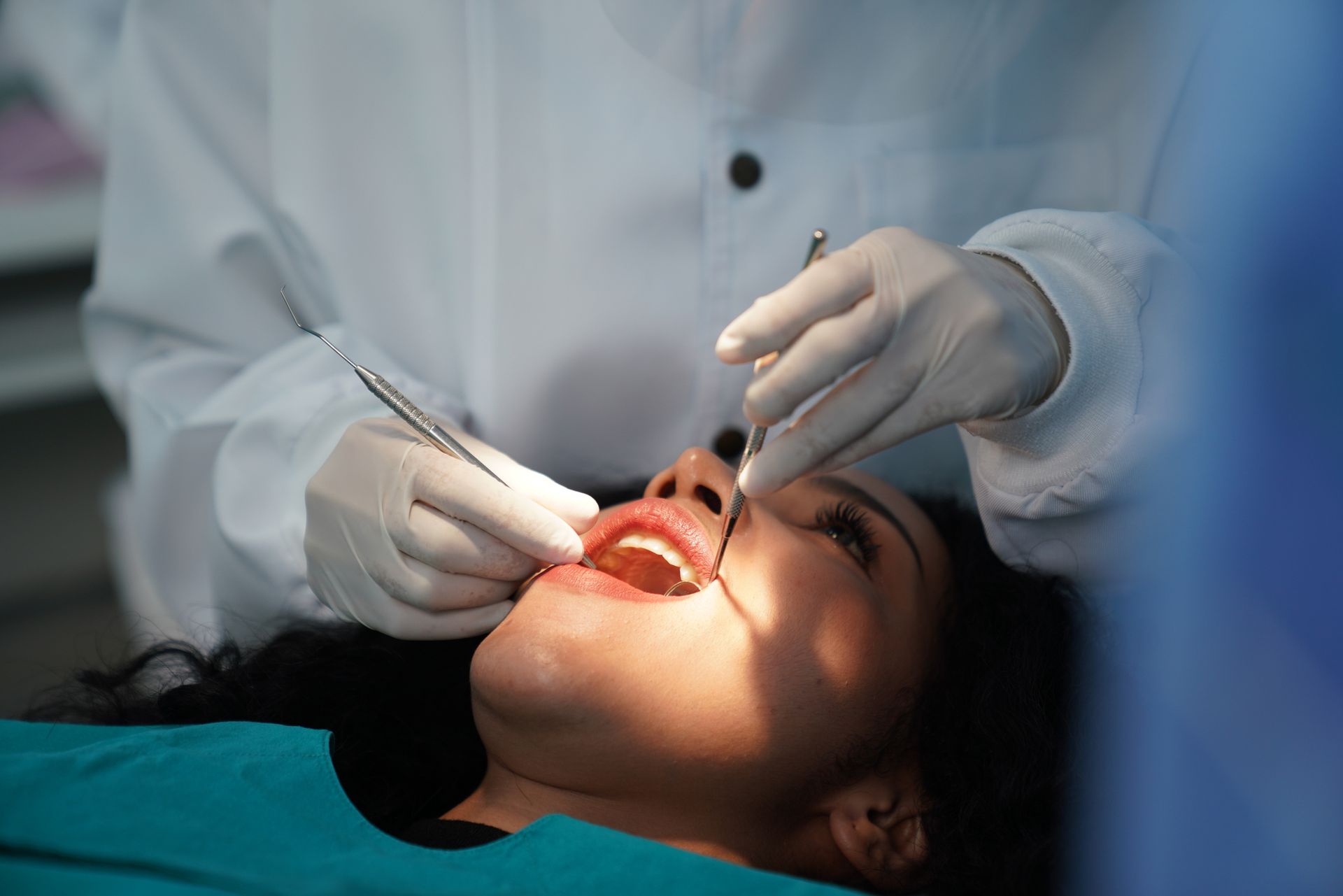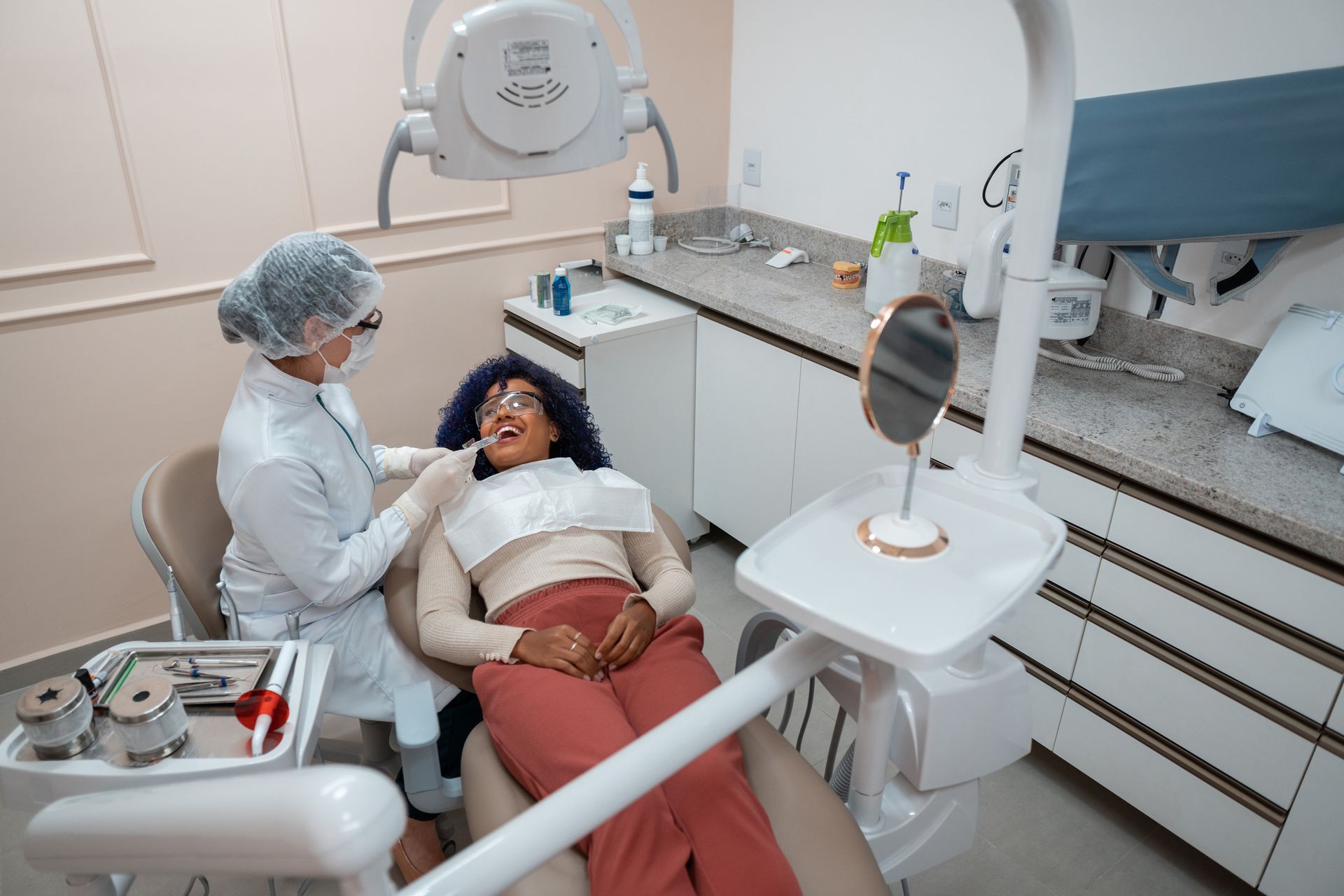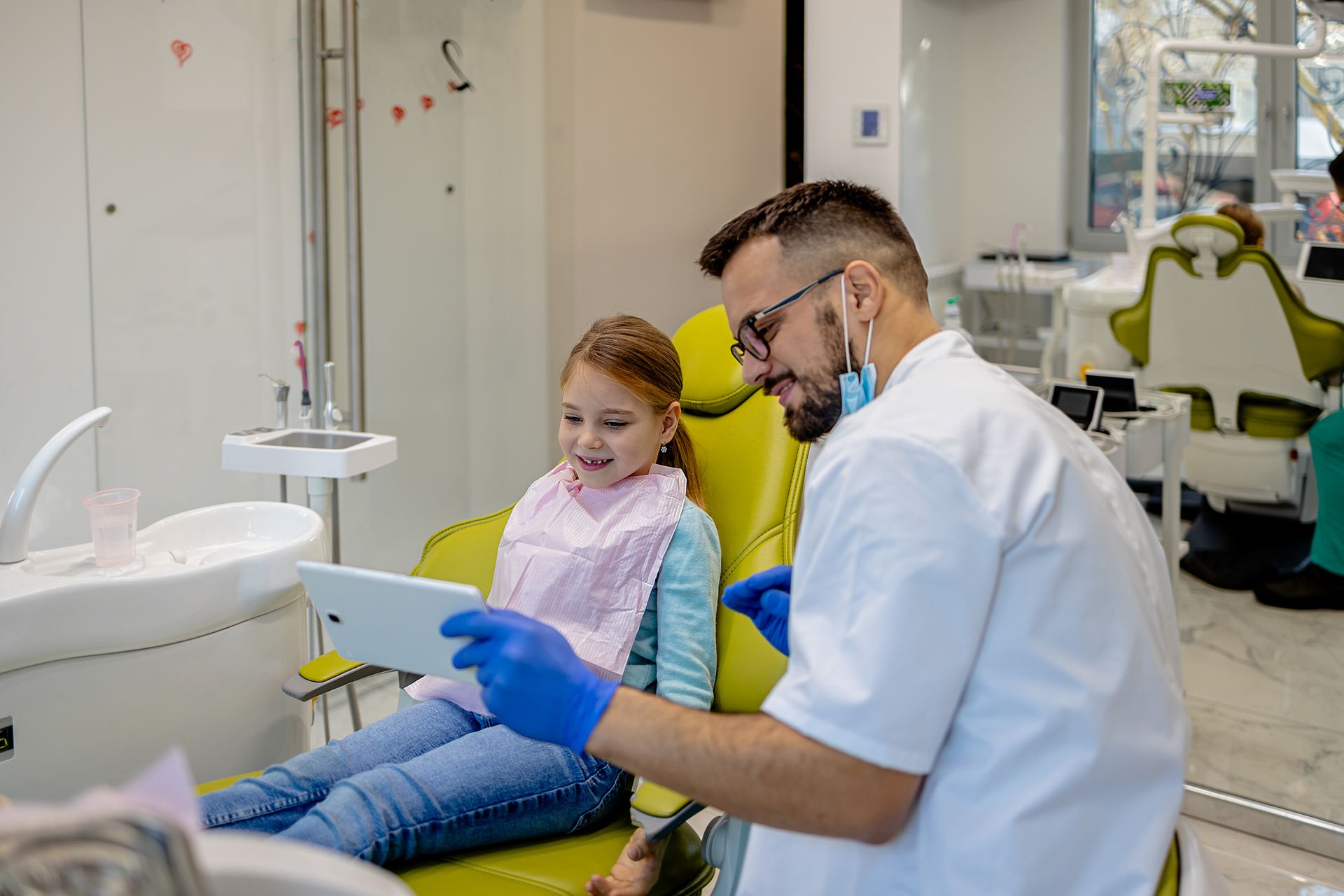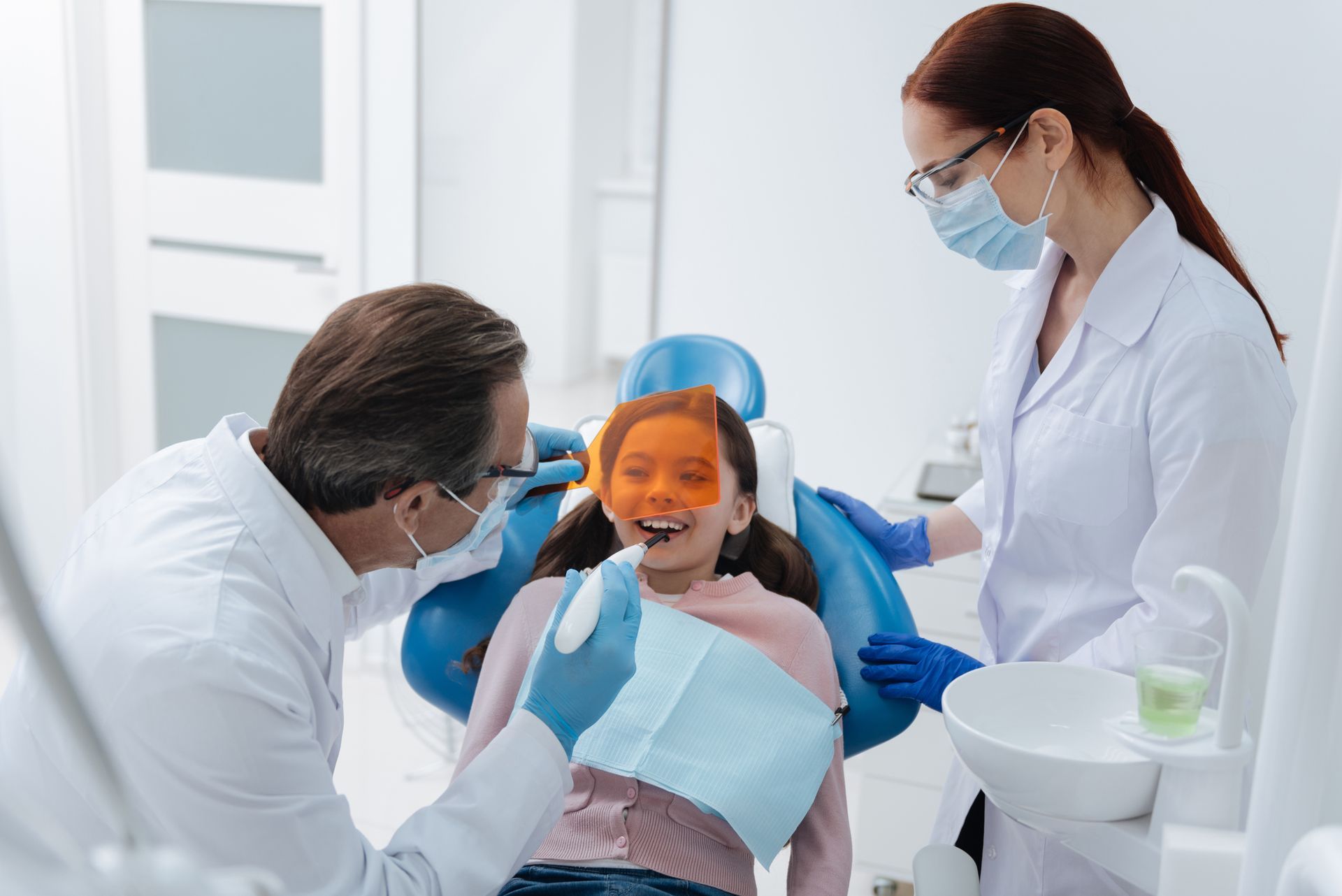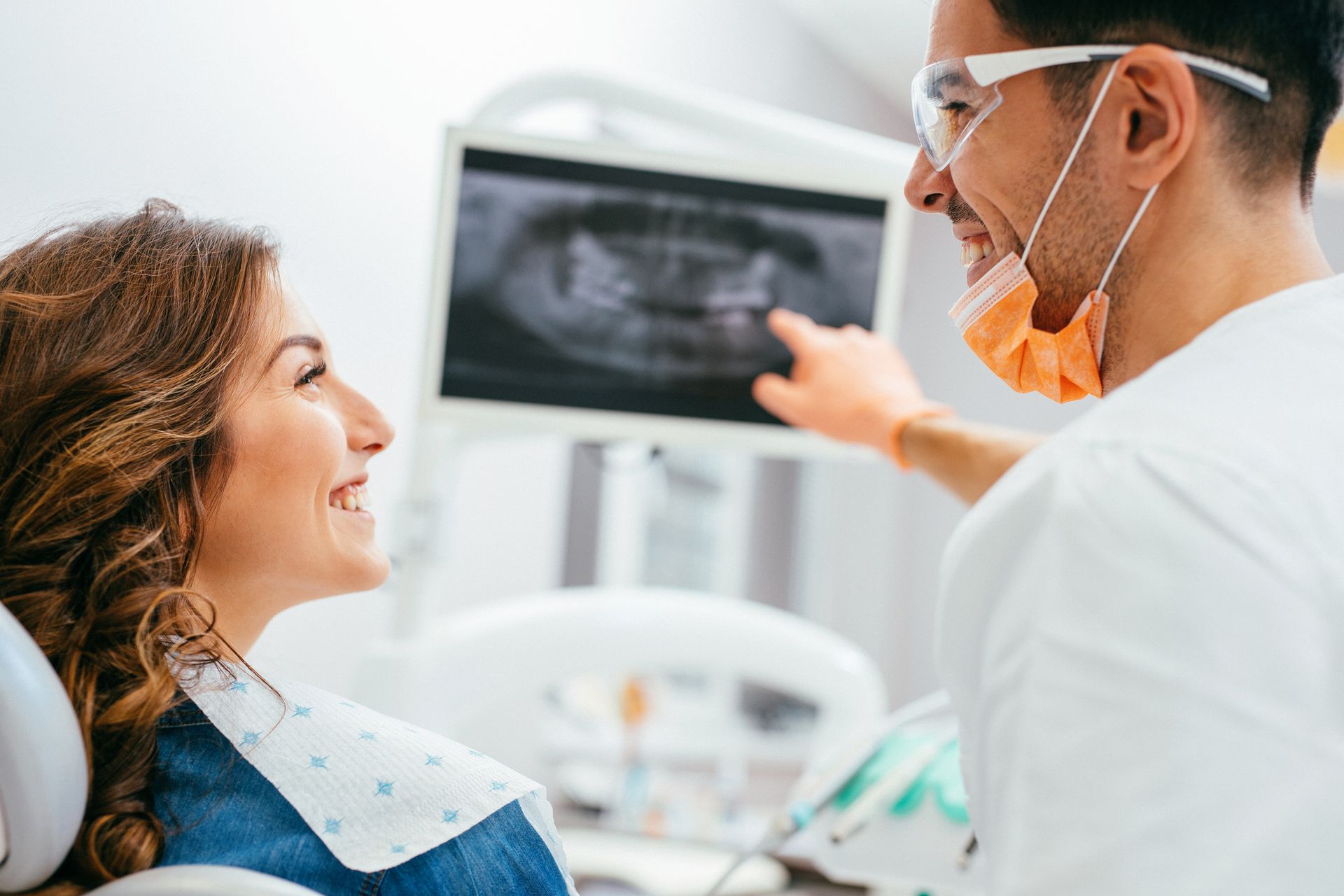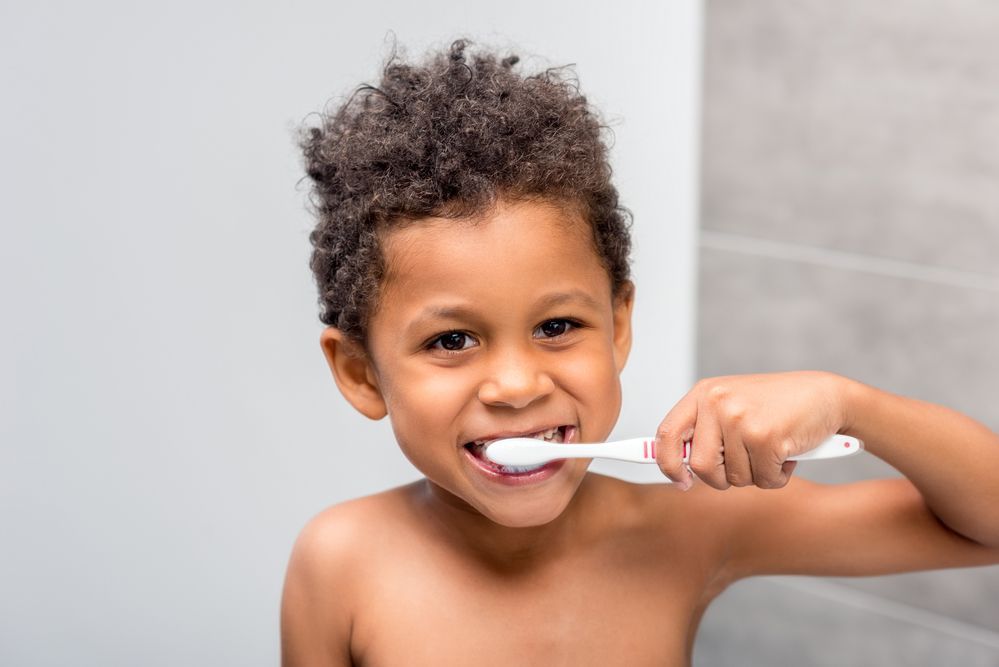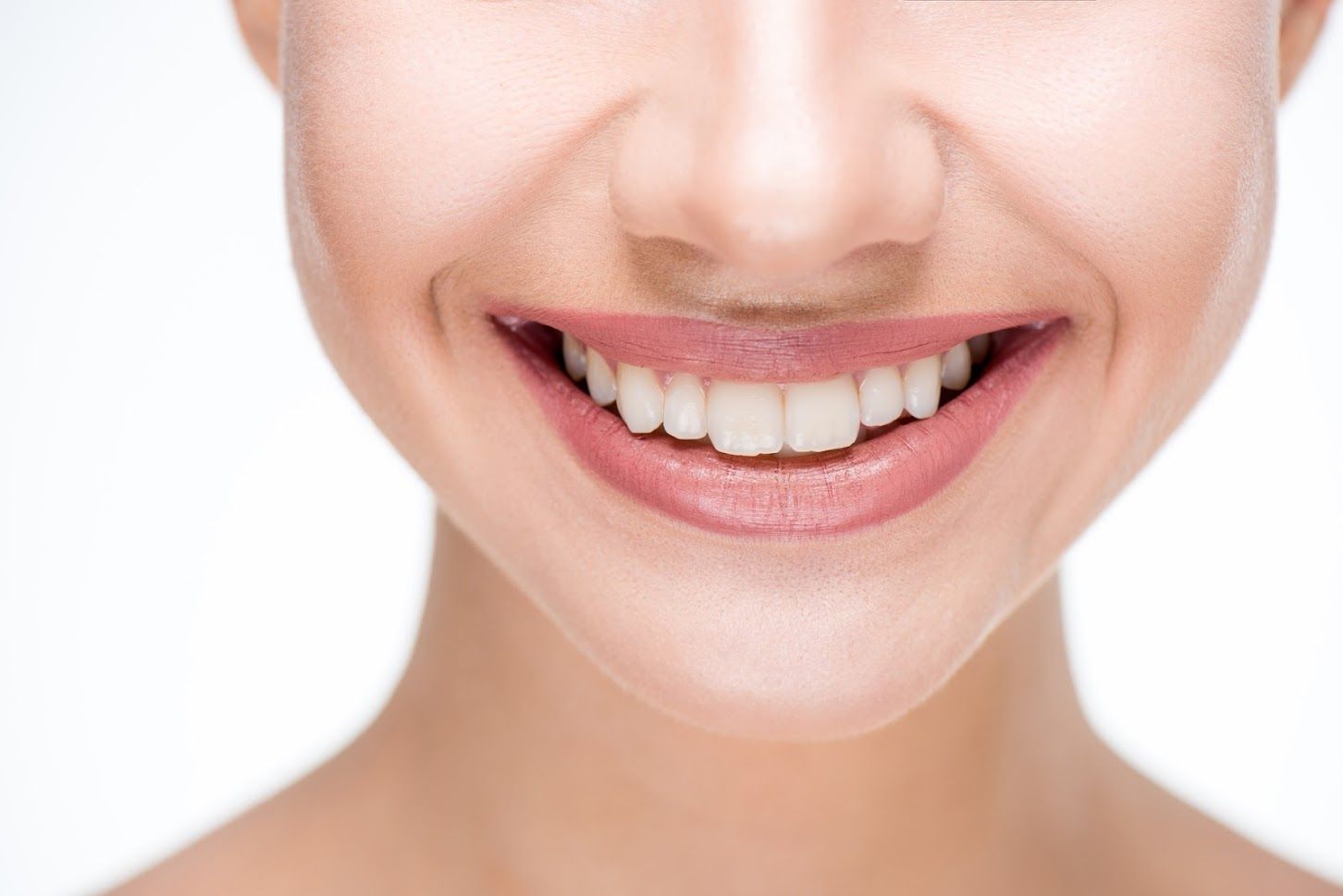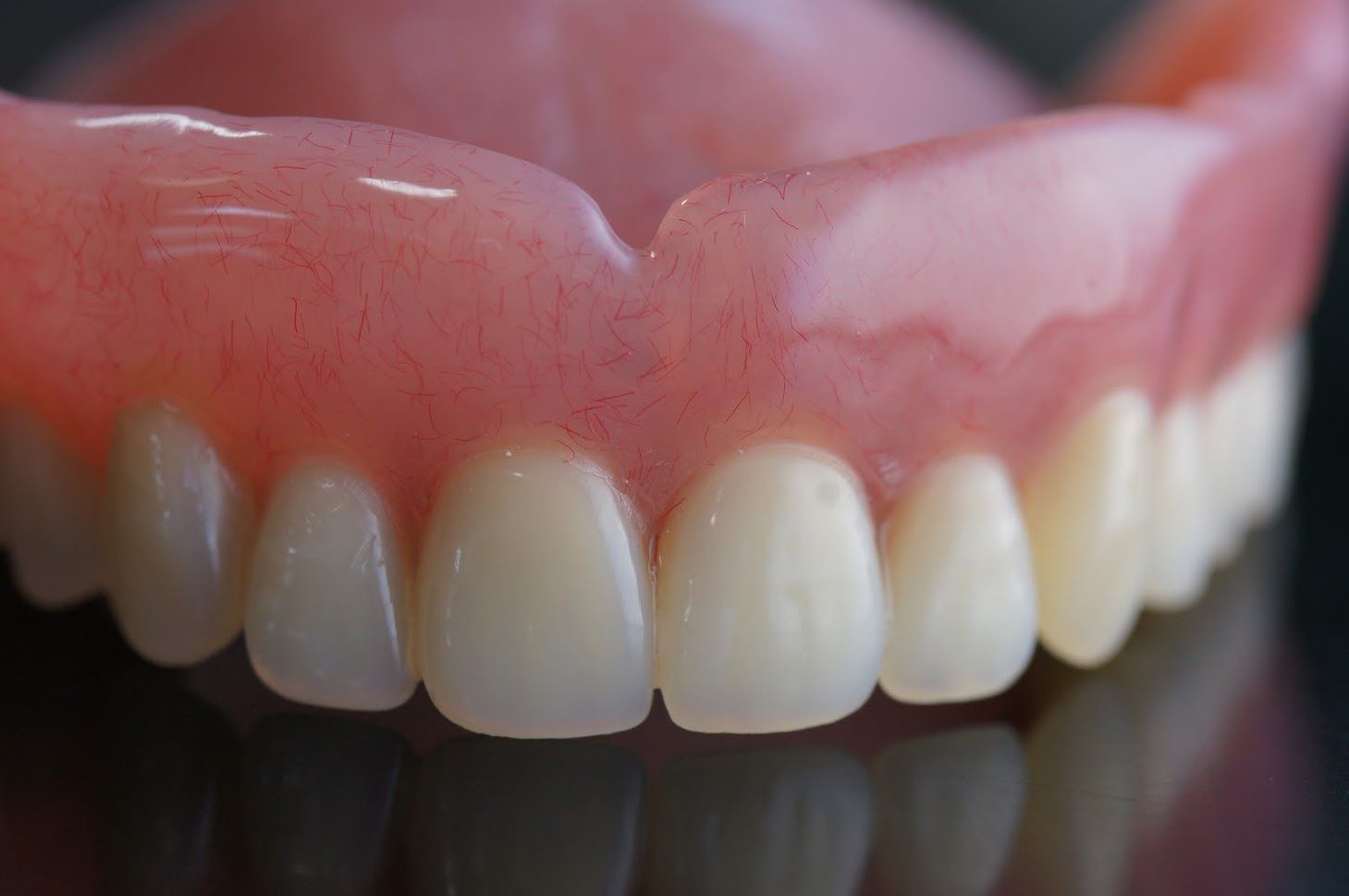6-Step Guide to a Professional Dental Cleaning Procedure - Portage, Indiana Dentist
Having a professional dental cleaning isn't always a pleasant experience. Nevertheless, teeth cleaning is vital for preventing a wide range of dental problems.
A clear understanding of the cleaning process can ensure a stress-free experience. Outlined below are all the stages of a professional dental cleaning service.
1. Physical Examination
A dental hygienist performs teeth cleaning procedures. Before the cleaning starts, the dental hygienist will physically examine your mouth. This preliminary inspection allows the hygienist to spot any significant issues a dentist may need to address.
The hygienist will check your teeth and gums for gingivitis or other oral concerns. Your dentist will examine your mouth to ensure your jaw and lymph nodes are healthy. The dentist may also check your mouth for cavities, cracked teeth, or broken filings.
An X-ray helps the dentist see your mouth from different angles. Your dentist may take an x-ray of your mouth to see the bone beneath the teeth and your jaw's position. X-rays have minimal risk to anyone. But pregnant mothers should inform their dentist beforehand.
2. Plaque and Tartar Removal
Using special tools, your hygienist will eliminate the plaque and tartar around your gumline and between your teeth. Your hygienist uses a mirror to see into the corners of your mouth.
Plaque hardens into tartar calculus, and a dental professional can help remove it using a scaler. If you have more calculus buildup in your mouth, your hygienist may spend some time in removing it and may use additional types of instruments to remove it.
4. Teeth Polishing
Once your teeth are tartar-free, your hygienist will brush each tooth individually with a handpiece that has a rubber polishing cup. You may hear some different noises during the procedure. You may also experience a vibrating or tickling sensation on your teeth and noises from the handpiece.
Your hygienist will use polishing paste with fine particle size. The polishing paste is more abrasive than your home toothpaste.
Teeth polishing is an essential part of the deep cleaning process since it:
- Prevents cavities
- Prevents tooth loss
- Freshens the breath
However, over-polishing is bad for your teeth, Most dentists recommend polishing every six months.
5. Expert Flossing
The professional flossing stage allows your dental hygienist to get between your teeth. The flossing serves to remove plaque or debris left from the previous steps. Having the hygienist floss on your behalf adds the advantage of seeing areas you wouldn't have spotted flossing on your own.
The flossing session allows the hygienist to find potential trouble areas and offer tips around these concerns while you are at home.
6. Mouth Rinse
The following step you should expect is rinsing your mouth to remove any debris. The rinsing step removes any residual tooth polish.
7. Fluoride Treatment
In the final step of the cleaning process, your hygienist will usually apply a protective layer of fluoride to your teeth. A high fluoride concentration typically goes on a patient's teeth to reduce the risk of cavities.
The hygienist may use a mouthpiece and fluoride gel for the treatment. The hygienist applies fluoride gel into a mouthpiece that you briefly fit onto your teeth. Your hygienist may also apply varnish to specific areas if needed for more protection.
Dental cleanings can remove plaque and tartar from the teeth and leave them whiter, brighter, and cleaner. However, professional dental cleanings cannot replace proper oral hygiene habits.
If you require more information on the process or want to schedule an appointment, feel free to contact us.

